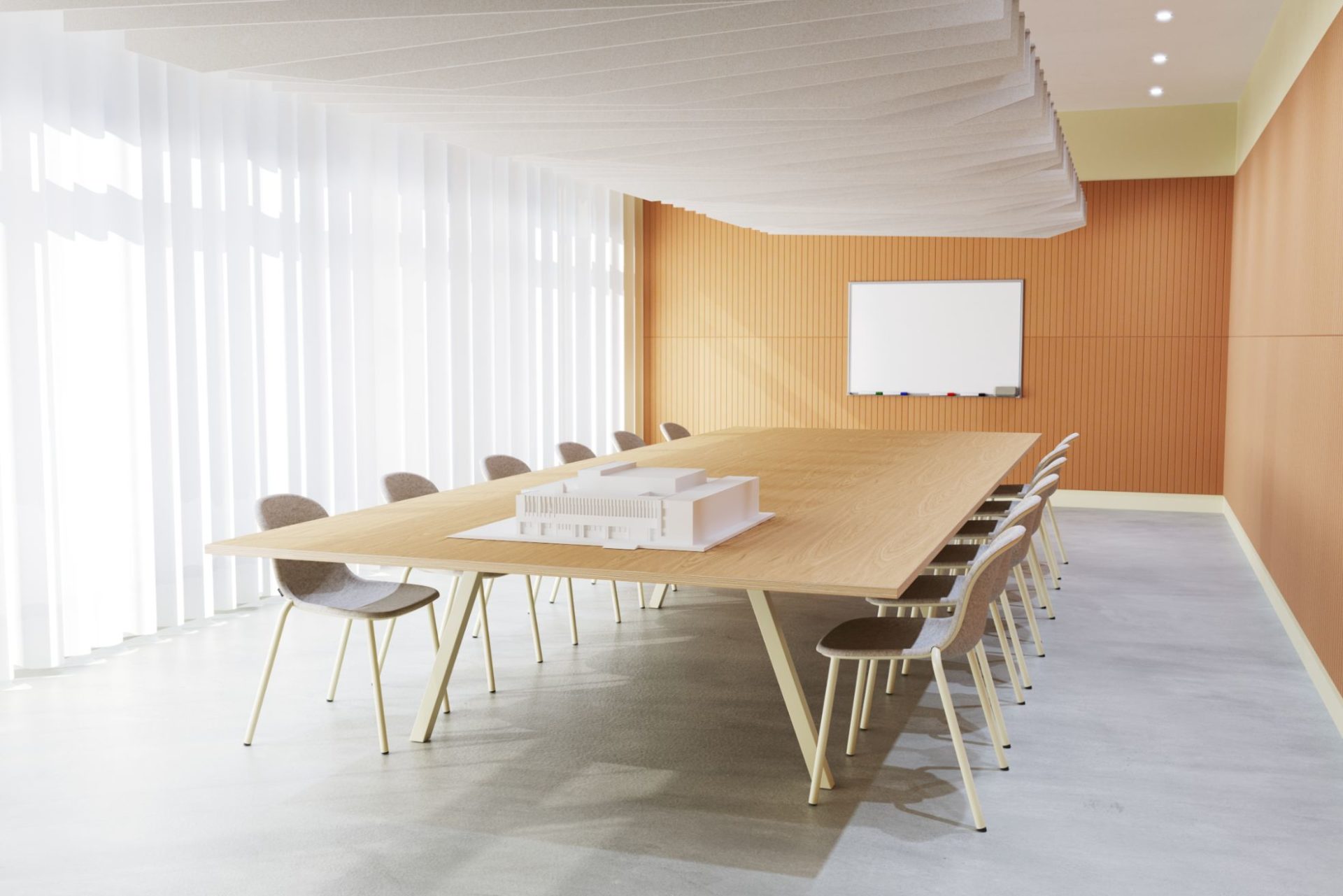Unlocking Tranquility: Exploring Acoustic Solutions for Your Home
Unlocking Tranquility: Exploring Acoustic Solutions for Your Home
Blog Article
Accomplish Perfect Harmony in Your Home With Effective Soundproofing Strategies for Optimal Acoustics
Creating a setting of excellent consistency in your home involves more than simply the aesthetics of decor and layout. Soundproofing plays a critical duty in accomplishing optimal acoustics, influencing the means we experience and engage with our space. By understanding the fundamentals of soundproofing, recognizing sources of noise disruptions, choosing appropriate products, and applying proven strategies, you can transform your home into a refuge of harmony where sound boosts rather than disrupts. The trip to mastering soundproofing approaches for suitable acoustics begins with a thoughtful strategy that balances functionality and convenience, leading to an immersive acoustic experience that really integrates with your way of life.

Understanding Soundproofing Basics
Soundproofing is rooted in the understanding of exactly how sound waves traveling and engage with different materials. The trick to effective soundproofing lies in disrupting or soaking up these audio waves to reduce their transmission from one space to an additional.
Comprehending the concept of audio transmission class (STC) ratings is crucial in picking the best products for soundproofing. The STC score measures just how well a material can reduce air-borne sound transmission via it, with higher STC ratings showing better soundproofing capacities. Additionally, thinking about the influence of impact insulation course (IIC) ratings for decreasing effect noise, such as steps or furniture moving, can even more enhance the performance of soundproofing options.
Evaluating Sound Resources in Your Home
Building upon the fundamental understanding of soundproofing principles, a critical action in effective sound mitigation within your home involves determining and examining the various resources of undesirable sound. Noise sources can be categorized right into two major types: air-borne noise, that includes seem like discussions, songs, and television, and effect sound, such as steps or items being gone down. To evaluate these resources, consider the different spaces in your house and the activities that normally take place in each. For example, the living space might have more airborne sound from amusement systems, while impact noise from steps might be a problem in areas with hard flooring like hallways or kitchen areas.
In addition, take into consideration outside sources of noise, such as traffic, neighbors, or neighboring building and construction, which can additionally influence the acoustics within your home. acoustic solutions. Determining these sources will help you focus on locations for soundproofing and select the most effective remedies. By determining the certain noise sources in your house, you can tailor your soundproofing efforts to achieve optimal outcomes and produce a more peaceful and unified living atmosphere
Selecting the Right Soundproofing Products
When selecting soundproofing products for your home, it is important to focus on effectiveness and compatibility with your certain sound issues. Take into consideration factors such as the sort of sound you are trying to block, the degree of soundproofing required, and the aesthetic appeals of the products to ensure they blend flawlessly into your space.
One usual product for soundproofing is acoustic foam. This lightweight and flexible product is great for taking in mid to high-frequency noises, making it ideal for music spaces, home movie theaters, or workplaces. Another option is mass-loaded vinyl, which works in obstructing out low-frequency sounds like traffic or machinery noises. For wall surfaces and ceilings, soundproof drywall is a preferred selection due to its ability to decrease noise transmission between spaces.
Curtains and carpets made from sound-absorbing products are also efficient in moistening sound, specifically in locations with tough surface areas that create audio to Go Here jump about. Bear in mind, the trick to effective soundproofing is choosing the ideal products that address your certain noise problems while enhancing the overall comfort and acoustics of your home.
Implementing Soundproofing Techniques
To effectively implement soundproofing techniques in your house, it is critical to begin by analyzing the locations that are most prone to noise infiltration. Usual resources of noise can include external audios from web traffic, neighbors, or nearby construction, along with interior sources like appliances, pipes, and enjoyment systems. When you have recognized these areas, you can begin applying soundproofing options tailored per certain space.

For even more significant noise reduction, think about setting up soundproof drywall, double-glazed home windows, or resistant networks to isolate vibrations. Additionally, reorganizing furniture, adding bookshelves, or integrating sound-absorbing products can additionally boost the acoustics of an area. By purposefully implementing these soundproofing techniques, you can create a quieter and more tranquil living environment in your home.
Maintaining and Improving Acoustic Environment
After implementing soundproofing techniques to address noise infiltration in your house, the emphasis changes in the direction of preserving and improving the acoustic setting to make certain a consistently peaceful living space. To maintain optimum acoustics, regularly evaluate soundproofing products for from this source deterioration, ensuring they remain effective in obstructing undesirable noise. Keep doors and home windows effectively secured to stop sound leak and take into consideration including weather removing or door moves for extra soundproofing.
Improving the acoustic environment can entail tactical placement of furnishings, rugs, and curtains to wet sound reflections and mirrors. Using sound-absorbing products such as acoustic panels or foam can additionally improve the overall audio quality in your house. acoustic solutions. Furthermore, incorporating soft home furnishings like pillows and coverings can help in reducing sound reverberation, developing a much more pleasant acoustic experience
Additionally, purchasing sound-absorbing design elements like shelfs, tapestries, or plants can contribute to a well balanced acoustic environment. On a regular basis decluttering your space can additionally avoid acoustic waves from bouncing off surface areas, ultimately enhancing the overall acoustics of your home. By consistently preserving and improving your acoustic atmosphere, you can produce an unified and serene home for on view your own and your household.
Final Thought
In conclusion, achieving best consistency in your home via reliable soundproofing strategies is crucial for ideal acoustics. By comprehending soundproofing fundamentals, analyzing noise sources, choosing the right materials, implementing methods, and maintaining the acoustic setting, you can produce a relaxed and satisfying space devoid of unwanted sound disruptions. Prioritizing soundproofing initiatives can dramatically enhance the overall top quality of life in your home.
Report this page